ESTUDO RETROSPECTIVO DA PRODUÇÃO DE SOROS ANTIBOTRÓPICO E ANTILOXOSCÉLICO
INTRODUCTION: Accidents with venomous animals are a serious public health problem in Brazil, especially in the South, where cases caused by Bothrops snakes and Loxosceles spiders predominate. Serum therapy, produced from the plasma of immunized horses, is the only specific and effective treatment available. AIMS: In this context, the role of the CPPI (Federal Institute of the Interior) is noteworthy, responsible for the national production of trivalent anti-loxosceles serum and anti-Bothropic serum, making it essential to study the processes involved in this production. Therefore, this study aimed to conduct a comparative study of hematological parameters of the CPPI’s Bothropic and Salox 1, 2, and 3 troops, aiming to evaluate the immunological response and lifespan of immunized animals, and to investigate the average volume of plasma obtained throughout the process. MATERIALS AND METHODS: This retrospective study was based on handwritten records of 48 horses from the center, which were used as a source for the construction of two distinct databases, aiming to systematize and standardize the information. The individual files contained complete records of each animal’s clinical, health, and production history, covering everything from its entry into the institution to activities related to immunization, management, and plasma collection. Statistical analyses were performed using Jamovi software (version 2.6.44), adopting a significance level of 5% (p < 0.05). The chi-square test was used to assess the association between horse fitness and herds. The mean number of clinical events among herds was compared using one-way ANOVA. The efficiency of plasma separation and the variation in hematological parameters among herds were assessed using the Kruskal-Wallis test. The association between whole blood bag weight and its separated components was analyzed using Spearman's correlation coefficient. RESULTS: No statistically significant association was observed between herd, age, and immunological fitness. The average number of clinical events did not differ significantly between troops, and an adequate sanitary standard was observed, with a low incidence of clinical events and a high frequency of vaccination and deworming. A progressive increase in plasma volumes was observed throughout the bleedings, a proportional reduction in formed elements, and a positive correlation between the weight of the whole blood bag and the fractionated plasma volume (p < 0.001). Although there was no significant difference in immunological fitness between troops, an increase in plasma production efficiency was observed throughout the bleedings and a positive correlation between hematological parameters and yield. FINAL CONSIDERATIONS: These results indicate that the immune performance, sanitary management, and hematological indicators are adequate for antivenom production and are undergoing continuous improvement.
KEYWORDS: Antivenom; CPPI; Bothrops; Loxosceles; Equines.
Para validarmos seu voto, por favor, preencha os campos abaixo. Alertamos que votos duplicados ou com CPF inválido não serão considerados.




